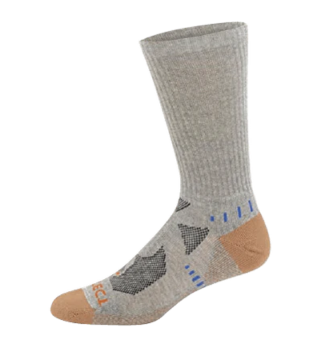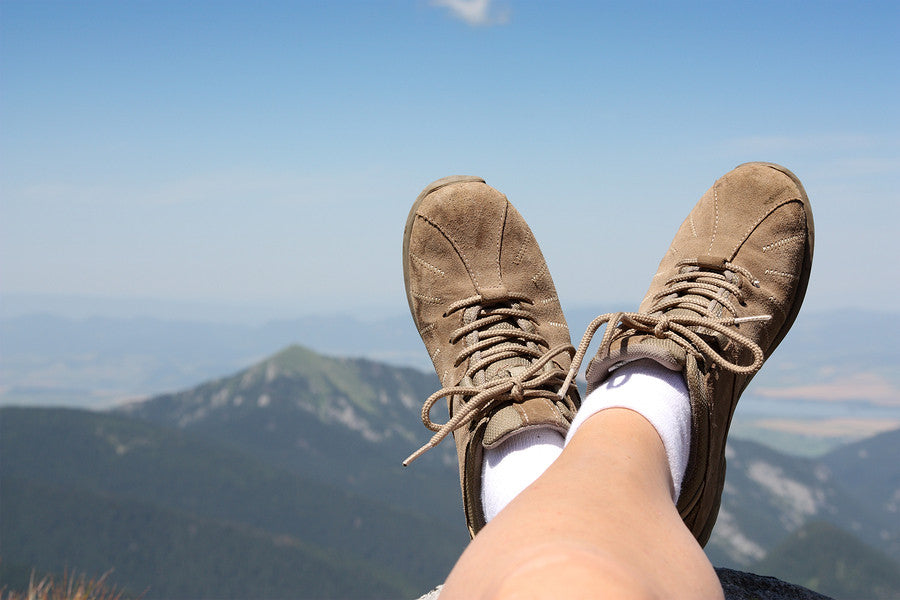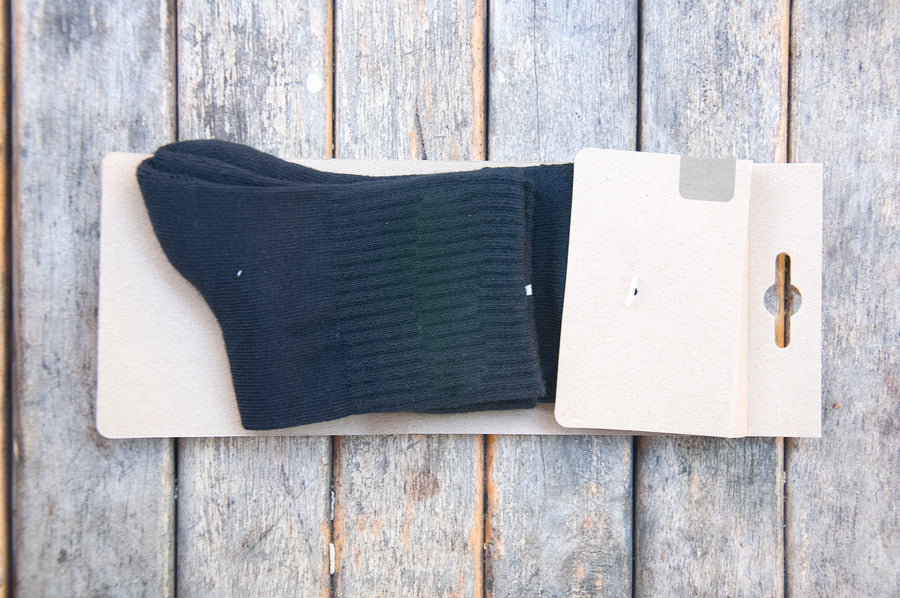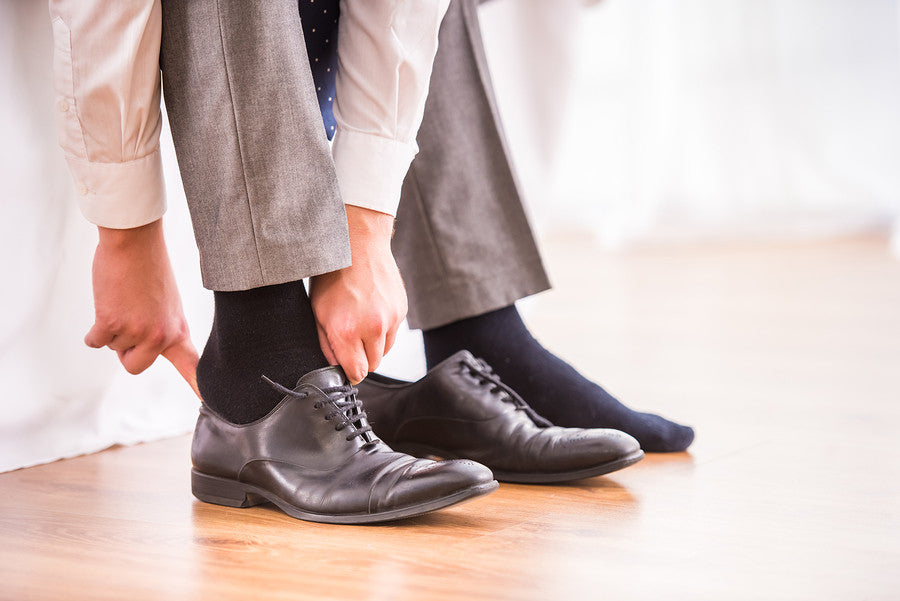 There are few things that are quite as satisfying but at the same time physically demanding as a lengthy, outdoor hike. You’re out in the wilderness, away from smooth sidewalks, manicured garden paths, and the other features of urban life that we all take for granted that making walking such an easy activity.
There are few things that are quite as satisfying but at the same time physically demanding as a lengthy, outdoor hike. You’re out in the wilderness, away from smooth sidewalks, manicured garden paths, and the other features of urban life that we all take for granted that making walking such an easy activity.
When you’re hiking, every step can be a potentially dangerous one. Uneven ground means you are constantly exposing your feet to potential twists and pressures, and the extended duration of a hiking session means you’re walking a lot longer than you used to.
For many, this can mean a lot of discomfort, aches, and even the formation of painful blisters on the feet. Obviously, you’re going to need more than just a run-of-the-mill retail sock from any department store. But are even hiking socks enough? Some hikers swear by a “dual-layer system,” where just under the main sock, a liner sock is worn. But does this actually work?
The Liner Sock Principle
A liner sock is a much thinner sock, usually made out of polyester or wool. It is designed to be worn first, with thicker, more durable and protective wool socks worn over. In the old days, the liner sock served two purposes; to provide a more snug fit within larger, more resistant hiking boots, protecting against the rubbing that might cause blisters to form internally, and to wick away moisture, which, if it caught on the skin, could also potentially cause blisters. The wool socks of the time, while very warm, weren’t especially good at preventing moisture build up within the hiking boot.
Today, socks like our Pro-Tect hiking socks are made from merino wool, which means that they are warm and thick like older socks, but have their own moisture wicking properties built in, eliminating the need for an interior pair of socks to perform this function.
However, that doesn’t mean that liner socks are a bad idea. If you find there are still issues of a good, comfortable fit with your boot, and liner socks make your footwear feel more snug and secure, you should definitely consider wearing them for added security. But, if you find they make your hiking boots feel too tight, take them off. Boots that feel very constricted have a much higher chance of hurting your feet with blisters over periods of extended use.






15 comments
Leave a comment
This site is protected by hCaptcha and the hCaptcha Privacy Policy and Terms of Service apply.